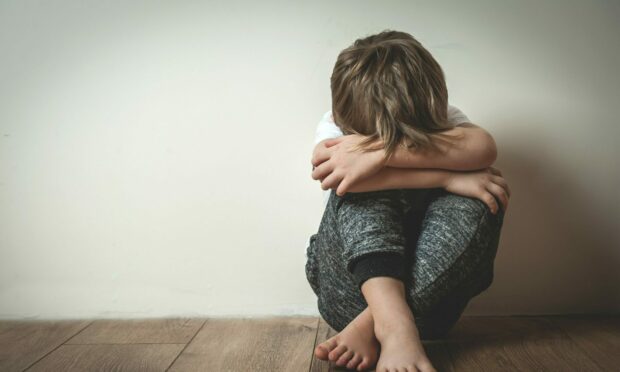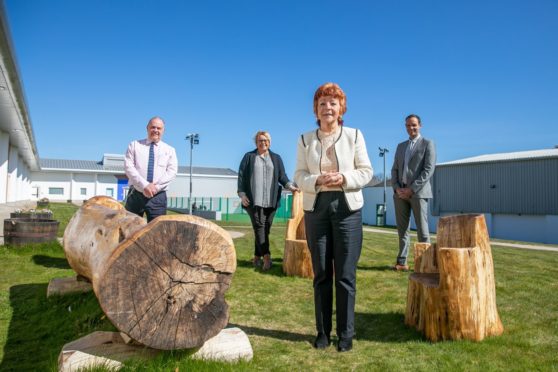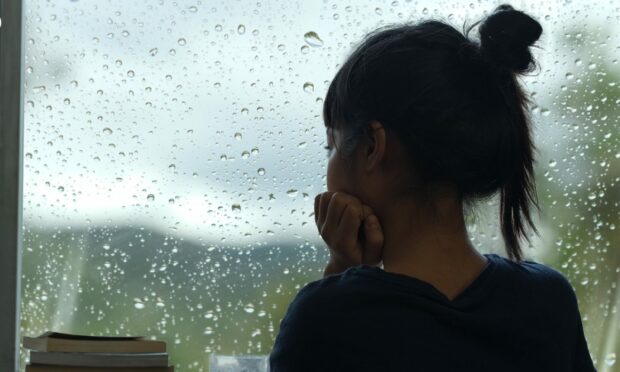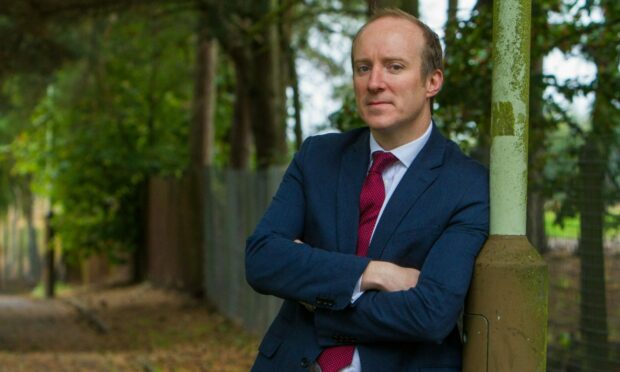
Some of the UK’s most vulnerable children could be subjected to “a greater risk of harm or even death” when cross-border placements for secure care are scrapped by the Scottish Government, an MSP has warned.
Bosses admit they do not know what will happen to the young people currently being sent to Scotland because of a chronic shortage of spaces in England and Wales when the working arrangement is pulled.
In some centres, such as the Rossie School in Montrose, around half of the current group of young people are from south of the border.
Children’s minister Natalie Don told MSPs she cannot give “any assurances” on what will be available when changes come into force.
Concerns have also been raised about how an industry which relies heavily on the higher fees paid by English councils will cope with the transition.
Labour MSP Michael Marra said the system in England and Wales is in “no state” to accommodate the young people and warned lives could be put at risk.
Why is it being scrapped?
Local authorities have a statutory duty to ensure there is sufficient provision for looked after children within their boundary but cross-border placements are used when places cannot be found locally.
The Scottish Government’s plan to transform provision for care experienced young people, known as The Promise, says the practice must come to an end by 2030.
That is despite the UK Government acknowledging there are “significant challenges” placing children.
Speaking at a finance committee meeting, Ms Don explained: “England simply does not have enough capacity, and that should not impact on children in Scotland if there is no place in secure care for them”.
Asked what will happen to those young people in England, she said: “I cannot say that at the moment.
“However, I know that England is working on that separately.”
Ms Don was then asked if she has “any idea what will happen to those young people” if a solution is not found in England and Wales.
She said: “I am sorry, but as a minister of the Scottish Government, I cannot give you any assurances on that.”
Urgent need ‘not acknowledged’
We revealed in 2018 that Scottish children were being put behind bars instead of into care because of the rising number of English youngsters being placed here.
Ministers have moved to tackle the issue but campaigners say the current provision falls far short of what is needed.
Lisa Harker, director of Nuffield Family Justice Observatory, has warned the “urgent need” for an alternative plan to take care of children affected by the change “has yet to be acknowledged by policy makers” at Westminster.
The organisation says children are currently being sent an average of 353 miles away from their homes when places cannot be found for them locally.
Secure residential homes are often run as trusts or charities, including Kibble in Paisley and the Good Shepherd in Bishopton.
Around 78 children are in Scottish centres but almost half were moved from England.
Many have experienced emotional or physical neglect, parental ill-health or exposure to domestic or sexual violence at some point in their lives.
‘Deeply concerning’
Labour MSP Michael Marra warned the potential consequences of the government’s plans are “deeply concerning”.
“Children requiring secure care are among the most vulnerable in our society,” he said.
“Closing the door to English children in such circumstances is simply wrong. The system in England is in no state to accommodate these young people.
“That is no one in Scotland’s fault but there is no evidence that refusing authorities the option of paying for refuge in Scottish care will do anything to fix the English system.
“Young people will be at greater risk of harm or even death.”
Mr Marra said “turning our backs on English children” would also place the sustainability of the sector in Scotland “in serious jeopardy”.
Representatives of the centres told MSPs the current system relies on cross-border placements to balance the books.
‘A great deal of work happening’
Fiona Dyer is director of the Children and Young People’s Centre for Justice at Strathclyde University.
It is leading on “reimagining” secure care in Scotland.
She acknowledged the lack of a clear answer on what will happen to children affected by the change is “potentially” a problem.
But she said a great deal of work is going on behind the scenes to make the change as “seamless” as possible.
Ms Dyer said: “England is currently undertaking a review so the hope is that it will all be tied in, that England will increase its provision.
“They should have secure care centres open in the next few years.
“They’ve got a plan so it should be seamless. That’s the hope.
“If Scotland reduces the numbers, England increases theirs so there is no child being left without the correct provision.”
What is the UK Government doing?
The Chancellor has announced a war chest of nearly £300 million to increase the number of places in open and secure children’s homes.
There are currently four new secure children’s homes being built or rebuilt.
A UK Government spokesman said: “Every child deserves to live in a safe and stable home and local authorities have a responsibility to place children in an environment that is in their best interests, usually within 20 miles of their home.
“We are investing £259 million to create more placements for children in high-quality and safe homes, while developing a new model for care placements to keep more children close to home networks.”

Enjoy the convenience of having The Sunday Post delivered as a digital ePaper straight to your smartphone, tablet or computer.
Subscribe for only £5.49 a month and enjoy all the benefits of the printed paper as a digital replica.
Subscribe


